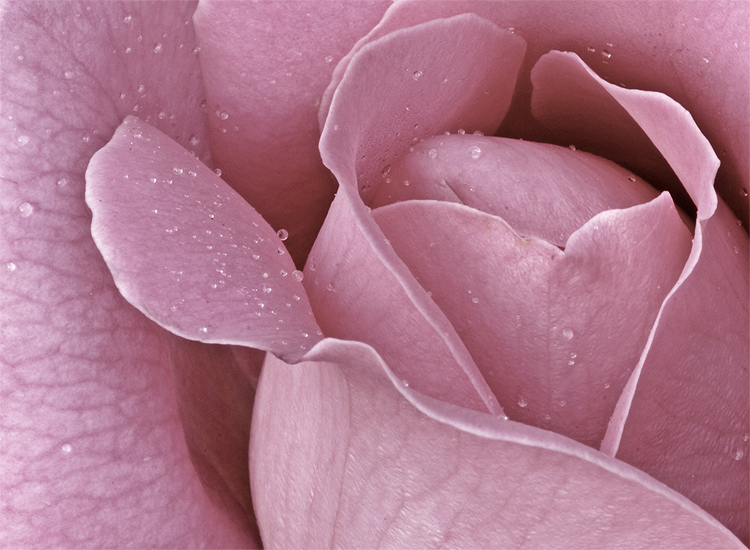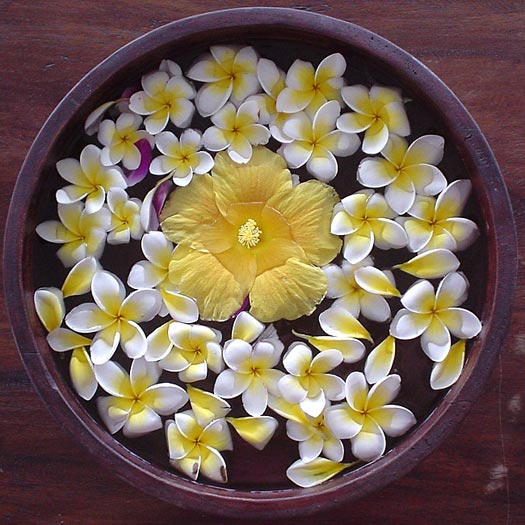Last night, at about two minutes before class began, a group of women showed up at the studio. I didn't notice at first, but as one woman was signing a waiver, she mentioned that she had a herniated disc in her back (L5, S1).
Well, I smiled at her, I'll be close by in class tonight. We'll need to work together to decide what's appropriate for you to practice. She had just started cortizone shots, the injury was a few months old, and she definitely seemed to have modified her posture to accommodate the strong sensation.
We did:
Legs 6" apart for half moon
first backbend - hands on hips (in camel position), focus on lifting sternum towards ceiling
Deep knee bend on forward bend, relax chronic neck tension
First part awkward - hands on thighs
Second part awkward - hands on thighs
Third part awkward - hands on thighs, use floor to steady if you go down, feel free to not go down all the way into the squat
Eagle - only arms, legs are like chair pose, both feet on the ground.
First set of head-to-knee Barely lifting the foot, or keeping toe touching, and firming up belly as the focus
Second set of head-to-knee Stand tall, tighten belly, lift thigh parallel to ground
Bow pulling pose - stay in the setup and breathe into the chest (second set, move at will)
Balancing stick - tight belly
Standing separate leg forward bend - keep the knees bent, tummy tight, and neck relaxed.
Triangle - take a break, kneel
Standing separate-leg forehead-to-knee - Tighten the belly, round slightly, place hands on thigh of front leg, and focus on breathing, belly tight, neck free of tension.
Tree - as usual, do not go into toe stand.
(This student was actually on her back, drawing knees into the chest on exhale at this point.)
Floor series
Wind-removing - the long leg (leg stretched on the floor) instead has knee bent, foot on the floor, a comfortable distance from the hips (this takes a great deal of strain out of the low back)
Baby Cobra, viniyoga arms, reps
Locust, little lift, arms out by side for stability
Full locust no changes
Floor bow repeat full locust.
Fixed firm, as taught
Half Tortoise - use hands on floor to support going in and out of posture
Camel - as taught, but stay up instead of going back, look up, lift sternum, and just breathe, relax the brows and face
Rabbit - hands on floor palms down by the head to support the body
- student went to knees to chest at this point.-
I was able to support the student and run the class. Whew - what focus was required! I literally stood close by and monitored her every move - she was new, there with friends, and I could tell she was an achiever! She achieved a terrific practice.
There were only two moments where she winced and I was right there with her. The first moment was in standing separate leg forehead to knee, when, with her hands on her thigh, I asked her to further tighten the belly. She just sucked a bit of wind and I had her back right off it, in a calm and quiet voice. The second moment was when I asked her to stabilize the lumbar region in camel, which she did standing on her knees, hands on the hips, chest lifted. I asked her to see if she could tighten and bring the hips slightly forward, and there was a small wince, and we backed off.
I felt good to be right next to her and help her through those moments calmly. She was radiant as she came out of the room, saying she felt GREAT! She had gotten a good sweat on, and had worked her body carefully, and had more ease in her demeanor, a bit of sparkle. She still has a really acute disc situation. and I hope she comes back so that we can work together more.
There were a few moment, after class, where I repeated to myself, "Lord, let me be an instrument of your peace." I wished her well with her spine, and hoped that I had used the scalpel of my words in support of her condition. First, do no harm. This applies to all of us, as yoga teachers.
Namaste






















.jpg/300px-NGC_4414_(NASA-med).jpg)




